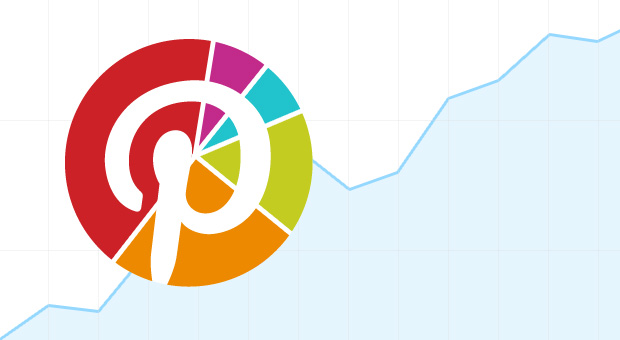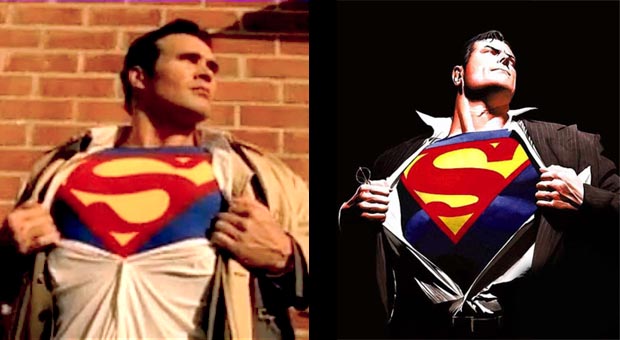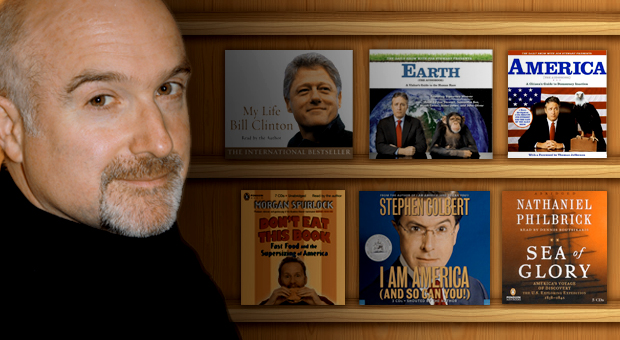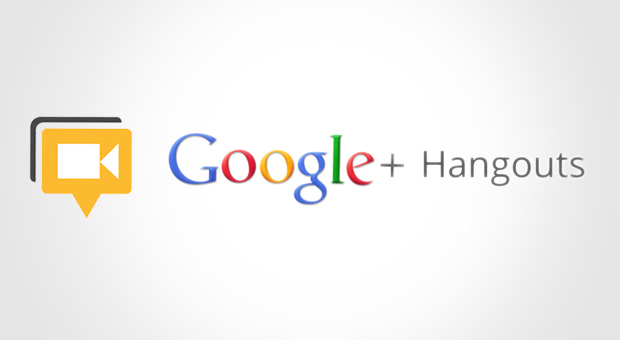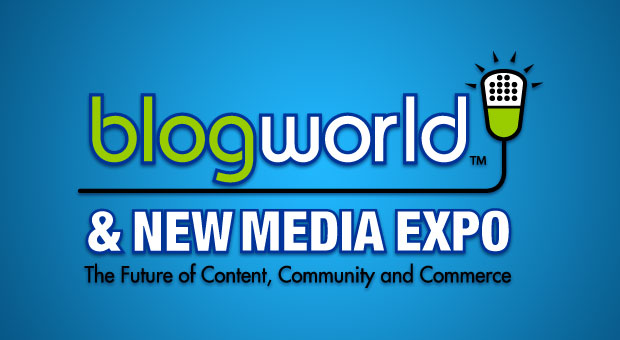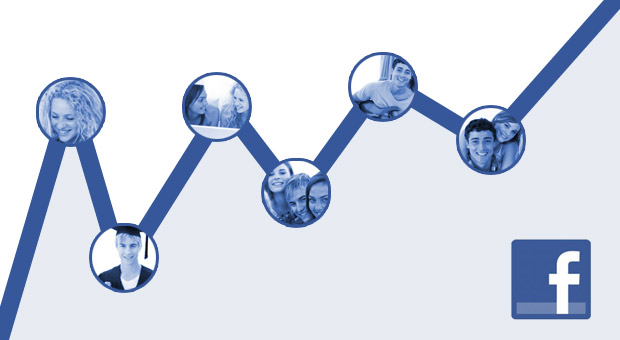With June being Audiobook Month, Flightpath took the opportunity to speak with audiobook producer John McElroy about the impact digital distribution has had on the business and much more.
While the publishing industry – and pretty much every other traditional media business – has had its struggles in adapting to digital, one facet of the book world quietly, and successfully, embraced the non-physical platform early on: audiobooks. The audiobook business has been slowly growing over the last decade, with digital distribution playing a large role in increased production, sales and visibility. In 2011, downloads accounted for 52% of unit sales and 36% of dollar volume, and look no further than Amazon’s purchase of Audible as evidence of the upward swing that digital “books on tape” – a term that really no longer applies – have taken.
John McElroy is the four-time Grammy winning producer, director and abridger of audiobooks such as America by Jon Stewart, Don’t Eat This Book by Morgan Spurlock and I Am America (And So Can You!) by Stephen Colbert, and for years has been one of the industry’s most in-demand creators. With June being Audiobook Month, Flightpath took the opportunity to speak with McElroy about his start in audio, the impact digital distribution has had on the business, and the (inordinate) amount of time it took to download an audiobook in the days of dial-up.
Flightpath: I want to start off with your personal story. How did you get into publishing and audio?
John McElroy: Publishing was really kind of by default. I’d just finished my Masters degree in English Literature, and I decided I didn’t want to go on for my PhD, and you know, what the hell else had I been trained for? I decided I’d go into publishing. I liked books, I knew about books. Of course, I didn’t know anything about publishing books. But I went into publishing, became the executive assistant to the Senior Vice-President of Sales and Marketing [at Penguin Putnam], who later became the President of Penguin (USA).
And I met a friend there, who was kind of a special assistant to the president. When I subsequently went back to graduate school, I got a phone call from him one day, saying, “Hey, I’ve just become the head of Penguin Audiobooks.” I said, “Audiobooks? You mean like, spoken word?” Because I had just never heard that term, “audiobooks.” When I was a kid I used to listen to LPs of Boris Karloff reading X, or Basil Rathbone reading Y. But I never heard the term, audiobooks.
So I started doing abridgments. This would be like, 1993 or 1994. In those days, the trade publishers were not putting anything but abridgments out there. The standard abridgment was about three hours, so you could imagine taking novels and cutting them down to a three-hour format. It was A) a challenge and B) there wasn’t much left. But I did probably 60 abridgments in my first year, and I realized that I didn’t like working with other producers. I decided to go out on my own. I started as an independent producer. I picked up gigs, not only abridging, but producing the project as well.
Flightpath: Was it hard when you started out, to go from abridging, which is one thing, to then having to direct people in the studio – their inflections, accents, and voices? It seems like a totally different skill.
John McElroy: That’s true. First of all, it helps to be A) well-read and B) socially at-ease. But you certainly do build skill as you go along. I think when I started out, I was very, very afraid to ask for more than two takes of something. I would back off a bit. You just realize, you know, people are there to get it done right, you need it done right. And if one take doesn’t work, you need two. And if two takes don’t work, you need three.
As a kid, I played a lot of music. You also develop a kind of musical ear. You have a sense of, “Well, that doesn’t really work. The inflection there doesn’t make any sense. The interpretation of the line doesn’t make any sense.” Occasionally, and you have to watch this with highly trained talent, you have to give them line readings. Some people appreciate it, some people don’t. [Laughs] But I don’t think there’s any way of preparing for this short of experience. You have to get involved, throw yourself in, and sink or swim.
Flightpath: Was there a specific big break for you?
John McElroy: My biggest break, I suppose, was in 1997. I was assigned to do the recordings for Charles Kuralt reading Winnie-the-Pooh. For people who don’t know who Charles Kuralt was, he was a big television journalist, who traveled all over the U.S., and had a [spoken in Walter Cronkite-esque voice] very famous rumbling way of speaking. He was a big Winnie-the-Pooh fan and it seemed to make sense.
About a month after Kuralt finished doing this, he died. And it was because of this, the Grammy people decided to nominate him for Best Spoken Word for Children. I was actually named in the award. It was, “Produced by John McElroy and read by Charles Kuralt.” I said, “Oh, jeez. How am I going to win a Grammy Award? It’s the most ridiculous thing I’ve ever heard.” As we got closer and closer to Grammy time, the publisher began to think it’s a real possibility – we can win this thing. And we did. I’ve been lucky to win three others afterward.
Flightpath: What’s your favorite out of all the audiobooks you’ve made?
John McElroy: Well, I loved John Steinbeck’s Grapes of Wrath. It was the first time it was ever recorded in its entirety. Dylan Baker [read it and] did a fabulous job. I hired a harmonica player to give me a series of kind of dustbowl pieces that I could use to mix into the project, and I think that really enriched it.
I loved working on both Jon Stewart [audiobooks]. They’re very different approaches [than regular audiobooks]. Very heavily mixed, lots of sound effects and sound gags. Relatively complex for an audiobook.
Flightpath: They’re almost like a new form of comedy album to me. They’re a little different from the actual book, they have sound effects, and they’re made to be funny. But they’re not like anything else.
John McElroy: You know, that’s probably right, which is probably the reason the Grammy people kicked audiobooks out of the Comedy Album category. They think of the comedy album in terms of, “Eddie Murphy Live” and “Richard Pryor Live,” that kind of classic stand-up recorded live routine, and there’s something to that. One of the things about comedy and acting is, you work dialectically with the audience. The audience reacts to you, other people on the stage react to you, and that’s what creates the chemistry that makes the thing work. When you’re recording audiobooks, you’re alone in a booth. And in putting together those [audiobooks] with the cast of The Daily Show and Jon Stewart, they’re just incredibly funny people. Those little sound bites really work wonderfully, but you do need to weave them together and you do need to create a base of sound effects and ambiance that stitches it all together to make it funny, or to sustain the comedy. Those are what, four-hour programs? Four hours of comedy is hard to sustain. And I think it often does sustain itself in those albums, so I think they’re fairly successful.
Flightpath: You’ve seen the publishing industry go through a lot of changes, both print-wise and on the audiobook end. With digital, all the old forms of media have taken their lumps. How do you think publishing, with audiobooks, is handling the transition to digital?
John McElroy: The funny thing about the audiobook side of things is, we were involved in the digital side of things long before the print side was. We were actually creating these programs on Digital Audio Tapes – DATs – in the 90s, and we were recording to Pro Tools digital audio workstations. When the tapes went out and we started to record to CDs and hard disks, we no longer had to work in real time. We could process things far faster than we could ever process them in the past. In the past, if you needed to roll out an eight hour audiobook, you needed to do that in real time. But all of a sudden we could process things hundreds of times more quickly.
The cost of production dropped significantly. When cost dropped, you could produce not just three-hour audiobooks, but six-hour audiobooks and nine-hour audiobooks. Now we’re in an environment where almost no abridgment occurs. And the orders of magnitude in productivity, from the early 90s to now, is just phenomenal.
Flightpath: Do you think that as things go more towards digital downloads, something is lost in not having the physical artifact?
John McElroy: I’m skeptical of that. I think that there are some people who do love to have the physical artifact, to hold it. I can see that much more in the world of print, because that object is large enough, it’s visually attractive enough. That’s less the case in audiobooks, I think. It’s a miniaturized package of the book, so the art is blown down, you’ve got shrink wrap on top of it. You know, I guess there are people who really enjoy owning them.
I’m a big consumer of audiobooks myself. I’m very happy with the downloaded version. There are digital rights management issues that make me a little uncomfortable; I bought this thing, why shouldn’t I be able to lend it to someone without any difficulty? But it’s a challenging environment in which to protect intellectual property, and I guess you need to make some allowances for that. Look, I can go away with an iPod or my iPad, and I’ve got 15 audiobooks on it. I’m a big enthusiast of the digital distribution of audiobooks.
Flightpath: And how has digital distribution impacted you both as a creator and as someone in business for yourself in the industry? Has it changed anything on either end of the spectrum?
John McElroy: Yeah. Let’s put it this way: My profit margins have gotten much narrower, but the volume of production that I do has grown enormously. Five years ago, I would do – and you could make a fair income off of this – maybe 45 productions in a year. I’ve done about 55 productions in the first half of this year. So, the tidal wave of content out there is huge. And I’m not sure what to make of that. I’m not a publisher, so I don’t really have full insight into that, but my guess is that publishers are struggling to get as much out there as possible so that they can cash in on any opportunity that may arise. They’re willing to take as many risks as possible, and because the cost of production has come down so much, it makes it a far less risky proposition to do the number of audiobooks that are now being done.
Flightpath: Do you think digital distribution will have a negative impact in terms of fewer special features produced, such as author interviews, or less of an investment being made for high-quality sound and sound effects?
John McElroy: Even when audiobooks attain some level of complexity – let’s say the Jon Stewart pieces or the Star Wars audiobooks – they’re not so complex that you can’t go to a distributor and say, “Can’t we sell this with a higher definition codec that’s not mono and acknowledges the full range of material that’s in the program?” And my guess is that most distributors will realize that, yeah, we can’t turn a heavily mixed stereo product into a successful mono product. To that extent, it’s very much in the interests of the distributors to accommodate, and my feeling is that they’re not going to have to do that awfully much. As bandwidth grows, as the speed of computers goes up up up up, and the sophistication of codecs develop, you just have to be able to retain a certain level of quality in the downloads. Are they same quality that you would get out of a CD right now? Probably not. But it’s good enough to really sit and listen and enjoy the tales being told on audiobooks.
And I think the proof of the pudding is in the eating. The digital distribution of audiobooks has grown many times over the past five or six years, and it shows no signs of stopping. You have extremely successful young adult books, you have people in their 60s, 70s, and 80s listening avidly, and everything in between. It really doesn’t show any sign of going away.
Flightpath: I remember when Audible launched. I don’t know if people were sure what was going to happen with it, but now it’s a household name.
John McElroy: Audible was around in the mid-90s. If you saw what they used to download things onto – I think it was called the Rio – I’d be shocked if those players held anything more than a hundred megabytes.
Flightpath: It could hold like, three paragraphs from a book.
John McElroy: [Laughs] Well, it was a heavily compressed format, so it was not full fidelity by any means. And because almost everybody by that point was using dial-up, you’d download these things overnight. I guess a 10-hour book would probably take around that long to download.
Flightpath: You could read the book in that time!
John McElroy: Exactly right! I thought they were kind of looney. But you know, things change. And they really saw around the corner. When broadband internet took off, so did Audible. I think I downloaded War and Peace in 15 minutes or something. This company [became] a public company, and then a company purchased by Amazon. And Amazon certainly knows something about distribution over the internet.
Flightpath: Do you think audiobooks is the one form that has really benefited from digital distribution?
John McElroy: I don’t really know enough to say that. [Laughs] But if my business is representative of anything, it’s the huge increase in volume of audiobook production in the United States. Just go to a site like Audible.com and see the number of audiobooks available. It’s pretty staggering.
